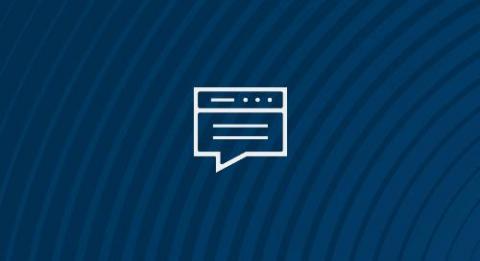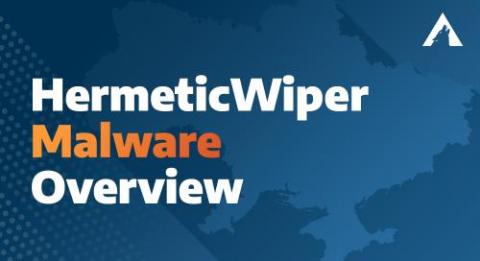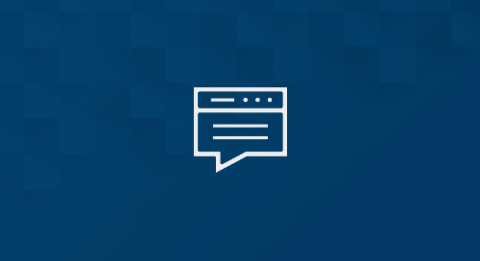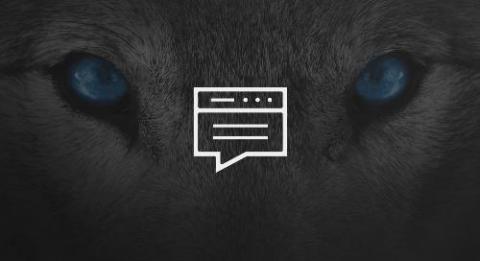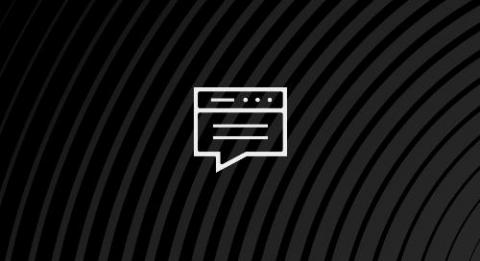Critical Vulnerability in the SAP Internet Communication Manager Component Could Lead to Full System Takeover, Patch Available
On Tuesday, February 8, 2022, SAP patched a critical memory corruption vulnerability (CVE-2022-22536) in the SAP Internet Communication Manager (ICM) component that could lead to full system takeover without authentication or user interaction. The ICM component is present in most SAP products and is an important component in SAP NetWeaver application servers.


